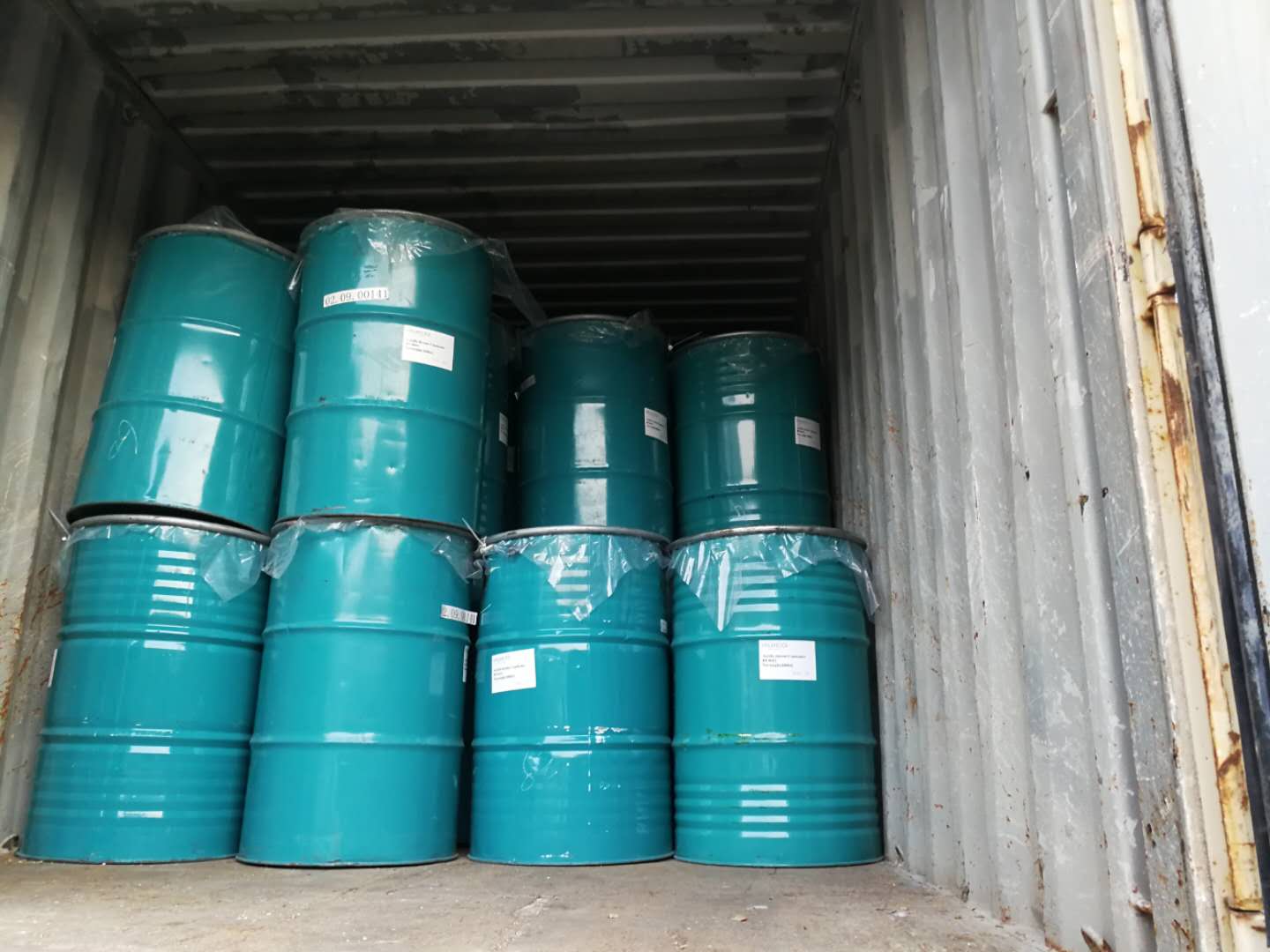Update:The difference between emulsion type and water-soluble acrylic resin:In fact, water-based resins are classified accordin...
The difference between emulsion type and water-soluble
acrylic resin:

In fact, water-based resins are classified according to their appearance, which can be divided into water-emulsion type, water-dispersible type and water-soluble type. Many people think that this is the same resin, but it is not. Not only the appearance is different, but also the use and characteristics are very different.
At present, some vague concepts have appeared in the society, and water-based resins are generally referred to as water-soluble resins. Water-based acrylic resins are generally divided into water-based emulsion type acrylic resins and water-based solid acrylic resins. Water-emulsion resin is prepared by adding emulsifier. Water-soluble resin is realized by the self-emulsification produced by the hydrophilic group on the polymer chain. Water-dispersible resin is somewhere in between the two. The amount of emulsifier added is small and the hydrophilic group is insufficient. It depends on external forced power, such as high-speed stirring and dispersion, or ultrasonic waves to achieve water dispersibility. Therefore, its particle size and transparency are also between the former two. Water-emulsion type is heavy and oily, generally milky white. The water-soluble resin is transparent, a true solution of molecular-level dispersion, and is in a nano-dispersed state.
Acrylic
It has excellent light resistance, weather resistance, non-yellowing, long-term high gloss performance, and has grafting, copolymerization and blending modification with other monomers and polymers to obtain excellent water resistance, chemical resistance, and stain resistance Corrosion resistance, etc., are widely used in many fields such as coatings, adhesives, inks, textiles and leather auxiliaries.
Water-emulsion acrylic resins and water-soluble (including water-dispersible) acrylic resins have different structures and different properties, so naturally they have different uses. Water-emulsion resins are oily, and they must be wrapped by surfactants, that is, emulsifiers, before they can be dispersed in water. Therefore, when they are used in conjunction with other resins and additives, be careful not to demulsify and flocculate the outer coat by temperature, stirring power, or adsorption or reaction of additives. Water-soluble resin, because it contains many polar groups in the molecular chain, such as: hydroxyl, carboxyl, sulfonic acid, amino, amide, methylol, oxyethylene, etc. Therefore, water dispersions and water-soluble resins have certain polymer surface activity. According to the ratio and distribution of hydrophilic group and hydrophobic group, the surface activity is different, such as: wetting and dispersing, emulsifying and defoaming, osmotic adsorption, etc. are all different. According to the structural properties of these water-soluble resins to select additives and matching conditions, they can find ideal applications in coatings, adhesives, textile and leather additives. The water-emulsifiable resin has a narrow application range (5-40 degrees), and it may break the emulsion if it exceeds this range. The water-soluble resin has a wide use temperature, can withstand the test of freezing and thawing and heat resistance, and can obtain better performance and larger application fields than water emulsion. For example, the water-based wood paint developed by us is resistant to boiling water. Soaked in 68-72 degrees water, 95% medical alcohol and 4.5% iodine-containing salt water solution for 30 days, the paint film is intact. The hardness reaches 2H, the impact resistance is 50cm, and the paint film is plump and smooth, which is completely comparable to solvent-based PU paint.
1. Water-based emulsion acrylic resin
Generally, what can be seen is the water-based emulsion type acrylic resin, which is often referred to as acrylic emulsion. In fact, it is an emulsion type acrylic resin. Most of these products use acrylate monomers without methyl to react, so the glass transition temperature of these resins must be lower than that of solid acrylic resins. They have lower TG, so they are incomparable to other solid acrylic resins in some substrate (soft) applications. Especially the application of softer substrates such as paper and leather is the best embodiment. When they are benzene and vinegar, they become styrene-acrylic emulsion, vinegar-acrylic emulsion, which are the styrene-acrylic emulsions, vinegar-acrylic emulsions, and pure acrylic emulsions we often see. In fact, it just means adding monomers such as styrene and vinyl acetate during emulsion polymerization to allow them to have more other properties. When reacting with pure acrylic ester, it is called pure acrylic resin, also called pure acrylic emulsion. Another largest application of these resins is architectural coatings, which account for a large share of the market. ...
2. Water-based solid acrylic tree
This kind of resin is developing slowly in our country! This type of resin is mainly produced in a few companies in Germany, South Korea, Japan, Taiwan, etc. Their current applications are paper varnish and printing inks. There are other uses waiting for new development.
